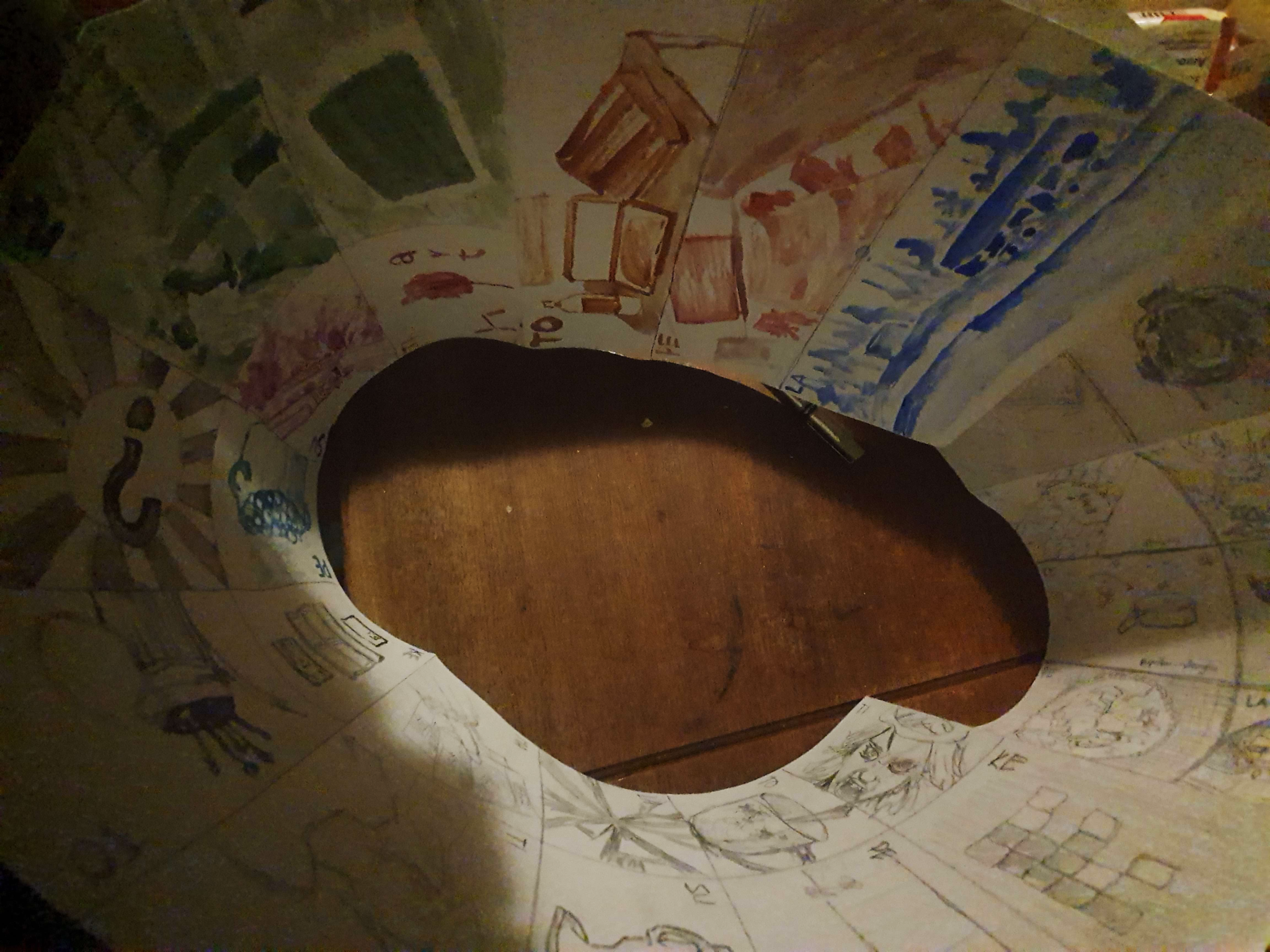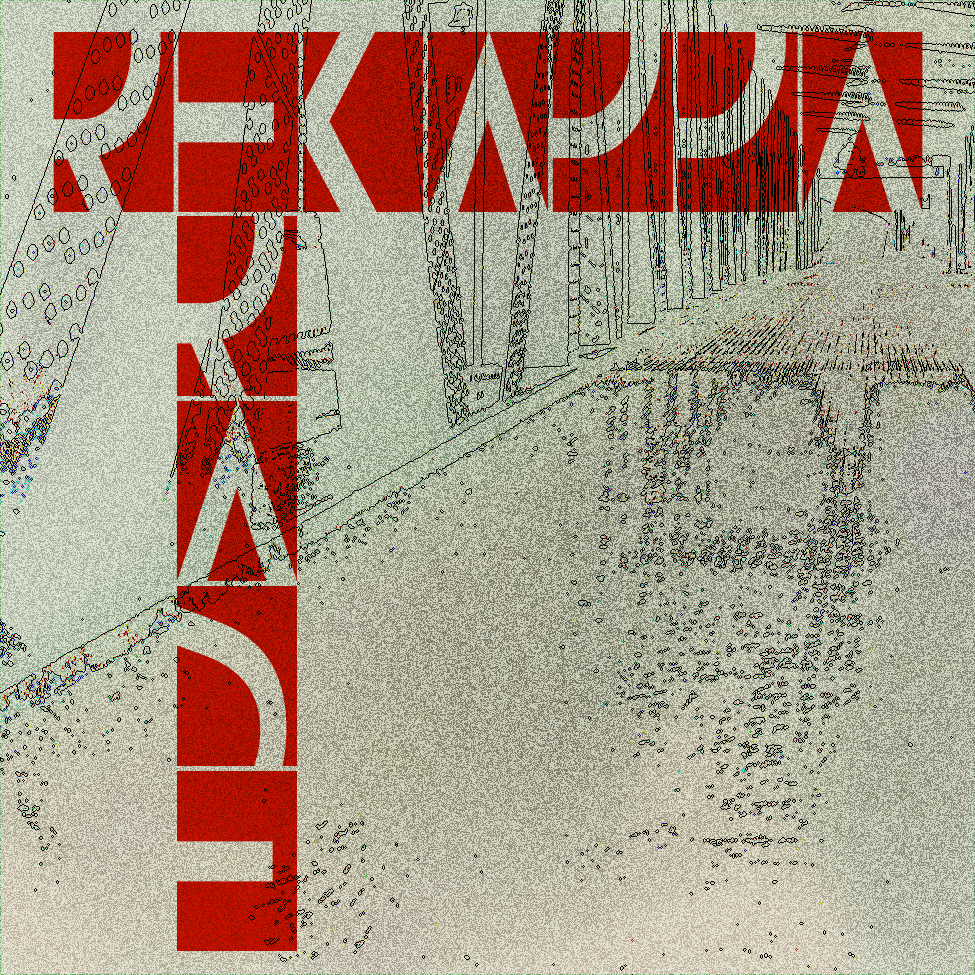Alas, all good things must come to an end, and with almost 25 study credits towards the B.A of Art completed, the end for the basic studies looms near. All that remains is the portfolio grading and critique
Tag: university of Lapland
Introduction to Artistic Thinking and Workshops
Our studies for the 25-credit basics portion for a BA in Visual Arts, organized in cooperation between the University of Lapland and the Summer University of Jyväskylä, began with a course titled “Johdatus taiteelliseen ajatteluun ja pajoihin” (Eng. Introduction to Artistic Thinking and Workshops). As the title makes clear, this was an introductory course that combined theory (the artistic thinking part) and practice (the workshops part).
Due to the Covid situation in Finland at the time, the first lectures were done remotely using Zoom. At the beginning we introduced ourselves, but very quickly moved to practice: Drawing/painting quick portraits of each other, basic perspective exercise, etc. We were also instructed to keep a daily drawing diary of sorts: In the end I compiled mine into a scroll about couple meters long by taping the papers together. Earlier parts were in pencil, later parts were drawn using a brush and watercolour – my new brushes had just arrived and I couldn’t wait to get to use them.

This interweaving of theoretical and practical work continued throughout the course. We wrote article reports for art-related articles and discussed the subjects. Mine was on the article “Forget the Metaverse; It’s Time for Artists to Enter the ‘Mutaverse’” (ArtReview 2.2.2022), which I found most interesting and relevant to the contemporary art scene and its future. It was exciting getting to know people this way, seeing what kind of articles piqued their interests. To further help us get introduced, we also created self-portraits using collage techniques.

The goal was to pick things we found interesting or that mattered to our lives and integrate them in the self-portrait. Mine was created using watercolour, but then composed digitally from the small paintings. I also added digital textures, effects, etc – I am admittedly a fairly terminally online person, so these felt fitting. If you look closely you can see some musical tracker interface in there, and the glitch art at bottom left is quite prominent. It is one of the works I’m rather proud of – the effect is striking, and I feel that it really represents me, on a level more than mere physical resemblance. The facial features are accurate for it to be a recognizable representation, which was also important for me. Alongside these we also went through each others’ visual art histories, outlining what kind of art (if any) people had created before the course.

On another lecture we discussed art that we understood and, perhaps in a more spicy and interesting fashion, art we didn’t. This included everything from Edward Much’s The Scream to Leonardo da Vinci’s Mona Lisa. My submission was a random bored ape – representing the NFT art craze that was absolutely raging at the time, and making some people millions and millions in Ethereum and other cryptocurrencies.

Other things done during the course included a photograph series based on some kind of common theme. Mine was about manmade things buried in snow – something about the nature temporarily partially reclaiming things we’ve built struck me as poetic, and this being January in Finland, I had plenty of material to shoot.

The point of these practical exercise, I believe, was to get us out of our shells and into exploring all the different kinds of ways to create art we could be utilizing in the future. We covered quite a wide swatch of different techniques, from traditional drawing and painting, to photography, to different collages – one time we had to paint something in monochrome watercolour, cut it into pieces, and rearrange the pieces into another work. We also got to create short animations using FlipaClip on school-provided iPads, which was exciting and certainly new to me.
Considering the time limitations we had, I am very happy with how this turned out. It’s only 11 seconds long, but that’s quite a few frames, and I managed to tell a bit of a story. Overall I think these short excursions to different artforms were quite helpful, even if I wouldn’t consider all of them successes. The time for technical prowess would come later into the degree – in the courses specifically for drawing, colour theory, painting, sculpting, and printmaking.